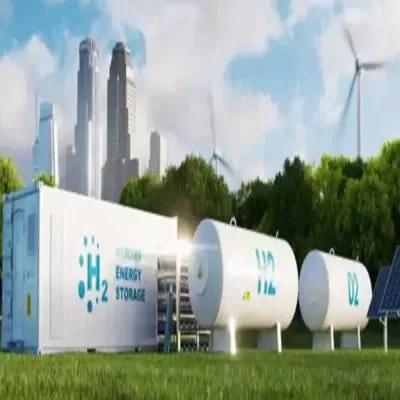

India has set an ambitious target of producing 5 million tonnes of green hydrogen by 2030, leveraging new technologies and renewable energy sources to drive the transition towards a low-carbon economy. This strategic initiative underscores India's commitment to reducing carbon emissions, promoting sustainable development, and embracing innovative solutions to address energy challenges.
Green hydrogen, produced through electrolysis using renewable energy sources such as solar and wind power, offers a clean and versatile energy carrier with the potential to decarbonise various sectors, including industry, transportation, and power generation. India's ambitious target reflects the growing recognition of green hydrogen's role in achieving carbon neutrality and combating climate change.
The adoption of new technologies is central to India's green hydrogen strategy, with a focus on advancing electrolyser technology, scaling up renewable energy capacity, and enhancing infrastructure for hydrogen production, storage, and distribution. By investing in research and development and fostering collaboration between government, industry, and academia, India aims to unlock the full potential of green hydrogen and drive innovation in the clean energy sector.
The 5 million tonnes target represents a significant scaling up of India's green hydrogen production capacity, requiring substantial investment, policy support, and stakeholder engagement. The target aligns with India's broader energy goals, including increasing the share of renewables in the energy mix, reducing dependence on fossil fuels, and enhancing energy security and affordability.
Achieving the 5 million tonnes target by 2030 will require concerted efforts across multiple fronts, including policy and regulatory reforms, infrastructure development, skill enhancement, and international cooperation. India's green hydrogen roadmap outlines a comprehensive strategy to overcome barriers and accelerate the deployment of green hydrogen technologies at scale.
Furthermore, India's pursuit of green hydrogen aligns with global efforts to accelerate the energy transition and achieve the objectives of the Paris Agreement. By embracing green hydrogen as a key pillar of its energy strategy, India can contribute to global decarbonisation efforts while unlocking new opportunities for economic growth, job creation, and sustainable development.
In conclusion, India's ambitious target of producing 5 million tonnes of green hydrogen by 2030 signals a bold commitment to sustainable development and climate action. Through strategic investments, innovation, and collaboration, India can harness the transformative potential of green hydrogen to build a cleaner, more resilient, and prosperous future for generations to come.